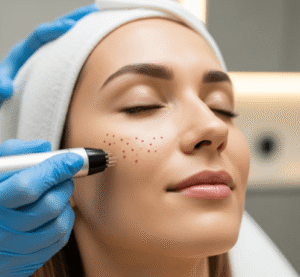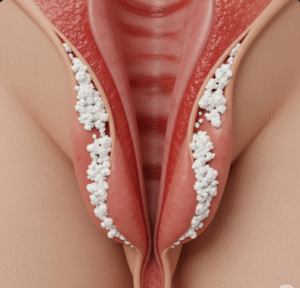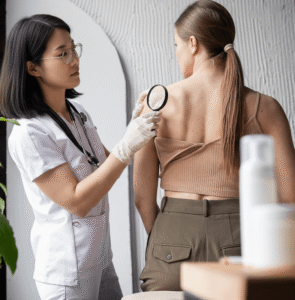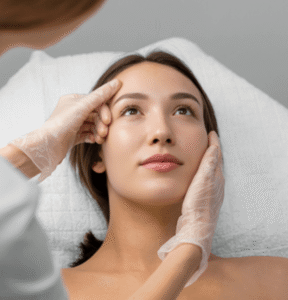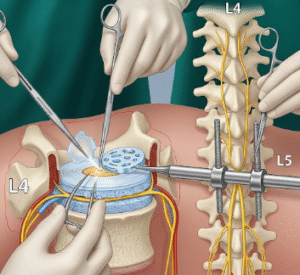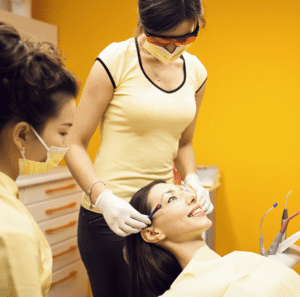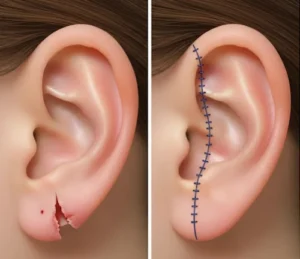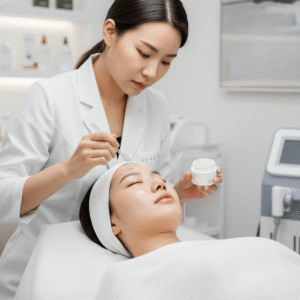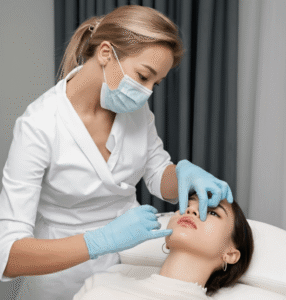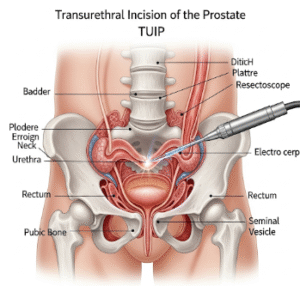What It Is
Functional rhinoplasty is a surgical procedure aimed primarily at improving nasal airflow and correcting structural issues that impair breathing. Unlike purely cosmetic rhinoplasty, the main goal is to restore proper nasal function while maintaining or subtly enhancing appearance. Functional rhinoplasty often addresses septal deviations, collapsed nasal valves, turbinate hypertrophy, or other structural obstructions that cause chronic nasal congestion, snoring, or sleep apnea.
Why It’s Done
Patients undergo functional rhinoplasty for:
- Medical reasons: Chronic nasal obstruction, difficulty breathing, sinus infections, or sleep-disordered breathing.
- Structural corrections: Deviated septum, weakened nasal valves, or congenital deformities.
- Previous nasal trauma: To restore proper nasal function after injury.
- Combined goals: Some patients prefer subtle aesthetic improvements alongside functional correction.
Alternatives
- Septoplasty alone: Corrects septal deviation without addressing other nasal structures.
- Turbinate reduction: Reduces swollen turbinates to improve airflow.
- Non-surgical options: Nasal dilators, steroid sprays, or breathing therapy for mild obstruction.
- Combined procedures: Functional rhinoplasty may be paired with cosmetic rhinoplasty if both appearance and breathing need improvement.
Preparation
Before functional rhinoplasty in Korea, patients should:
- Have a thorough consultation including nasal examination and imaging (CT scan if needed).
- Stop smoking and avoid alcohol to promote healing.
- Discontinue medications that increase bleeding risk (aspirin, NSAIDs).
- Discuss any prior nasal surgeries or injuries.
- Prepare for possible fasting prior to surgery if general anesthesia is planned.
How It’s Done
- Anesthesia: Local with sedation or general anesthesia depending on complexity.
- Surgical steps:
- Correction of septal deviation (septoplasty).
- Strengthening or reconstruction of nasal valves using cartilage grafts.
- Turbinate reduction or repositioning if necessary.
- Closure and stabilization with splints or internal supports.
- Duration: Typically 1–3 hours.
- Hospitalization: Often outpatient, with some cases requiring overnight observation.
Recovery
- First week: Nasal packing may be used; swelling and congestion are common.
- 1–2 weeks: Splints and sutures are removed; mild bruising and discomfort continue.
- 3–6 weeks: Most swelling subsides; breathing improvements are noticeable.
- 3–6 months: Full healing; nasal tissues stabilize and final results are achieved.
Possible Complications
- Bleeding or hematoma formation
- Infection or delayed healing
- Persistent nasal obstruction if structural correction is inadequate
- Altered sensation or numbness in nasal tip
- Need for minor revisions if results are suboptimal
Treatment Options in Korea
Korea is recognized for advanced functional rhinoplasty because of:
- Highly experienced surgeons skilled in both functional and cosmetic techniques.
- Advanced imaging and surgical planning to achieve precise airway correction.
- Innovative grafting methods for nasal valve reinforcement.
- High patient satisfaction due to combination of functional improvement and natural appearance.
- Comprehensive international patient support for travel, consultation, and post-op care.


